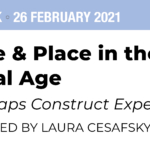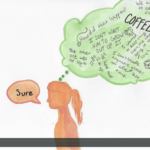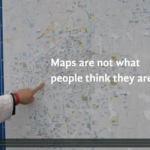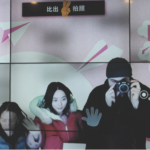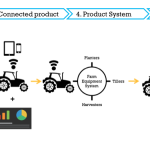DOROTHY DEASY, ERIK LUCKEN, WILLIAM DOWELL, GRETCHEN GSCHEIDLE and LAURA LEENHOUTS
[s2If is_user_logged_in()]Download PDF[/s2If]
For most businesses, group work is the way in which ideas are given voice. In this study, ethnographic research was conducted to explore group work and the environments in which it occurs. The research provides context for architects and designers who are conceiving improvements or reinventing the ways the built environment (e.g., furnishings, décor and architecture) influences the outcome of group activities. The research took place in two phases; phase one sought to develop a set of observable hypotheses and phase two sought to validate the hypotheses through observation. In the first phase “embedded reporters” were recruited from Herman Miller and Gensler staff to serve as observers of their own group work and to report on idea flow, knowledge transfer, size of groups, reasons for working together, stage of process, etc. During the second phase of the study, an ethnographic researcher shadowed a “hub”...



